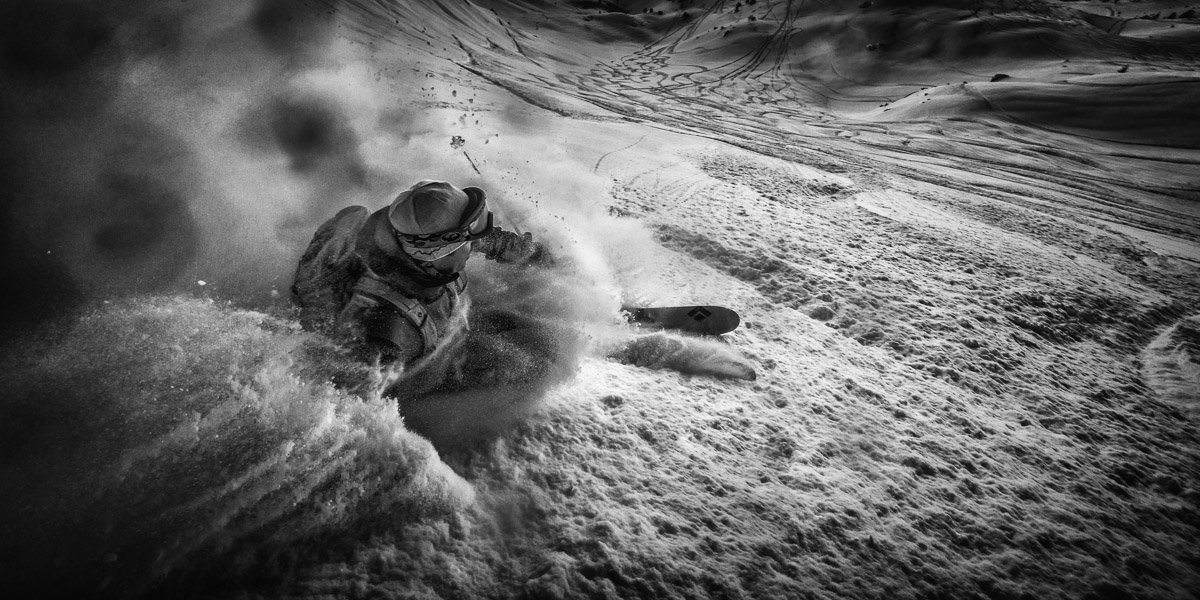Intro to Photography Class
Better known as Reddit Photoclass
27 – Break the Rules!
Today will be one of the shortest but also one of the most important lessons of this entire class. Its message can be summarised in the following way: learn the rules, follow them, master them and then break them when you need to.
In each past lesson, rules for what is generally considered “good” photography have been presented. They range from what a correct exposure should be to how to arrange elements in the frame. They are however mere suggestions, recipes which tend to produce acceptable results in the greatest number of cases.
Not only should you feel free to break these rules, but you should actually feel obligated to do so. Not all of them, and not all the time, but experimenting and pushing the boundaries is the most efficient (and sometimes only) way to become better at something. It is especially true of art, which includes photography.
For experimentation to be fruitful, however, you need to evaluate your results. You need to take the time to review your images afterward and to judge what worked and what didn’t. You can then either decide that the old rule was there for a reason, or you can decide to make new rules for yourself, because you find that they work better than the old ones. Of course, in due time, you will also break those. Never stop learning.
There is a caveat, however. Your rule breaking should always be there for a reason. It should enhance your message, help you to better communicate whatever it is you are trying to say with your images. Breaking rules just for the sake of breaking rules is just a gimmick, an effect that will take over the attention which should be reserved for the subject matter.
The corollary of this is that you should only break rules once you have learned and mastered them. It is very important to understand why they exist and why they are generally considered good.
To take an example, if you don’t understand why people compose with the rule of thirds, then you won’t realise that breaking it and putting your subject dead centred is a way to suggest symmetry and harmony.
This is why, even if you only shoot centred subjects in high key with motion blur introduced by low shutter speeds (which I guess would be a personal style), time spent mastering proper exposure and composition will be well spent.
Take Martin Parr. He belongs to the very prestigious Magnum agency, had major solo exhibits and published countless books. His particular style is quite special, using on camera flash and what would be considered poor composition. In many cases, his photos could be mistaken from tourist snapshots on flickr. Yet they are great art and are justly celebrated, because he uses these imperfections to tell us something (about ourselves and about our societies). And there is no doubt that he could take a greatly exposed, greatly lit, greatly composed image any time he wants to.


